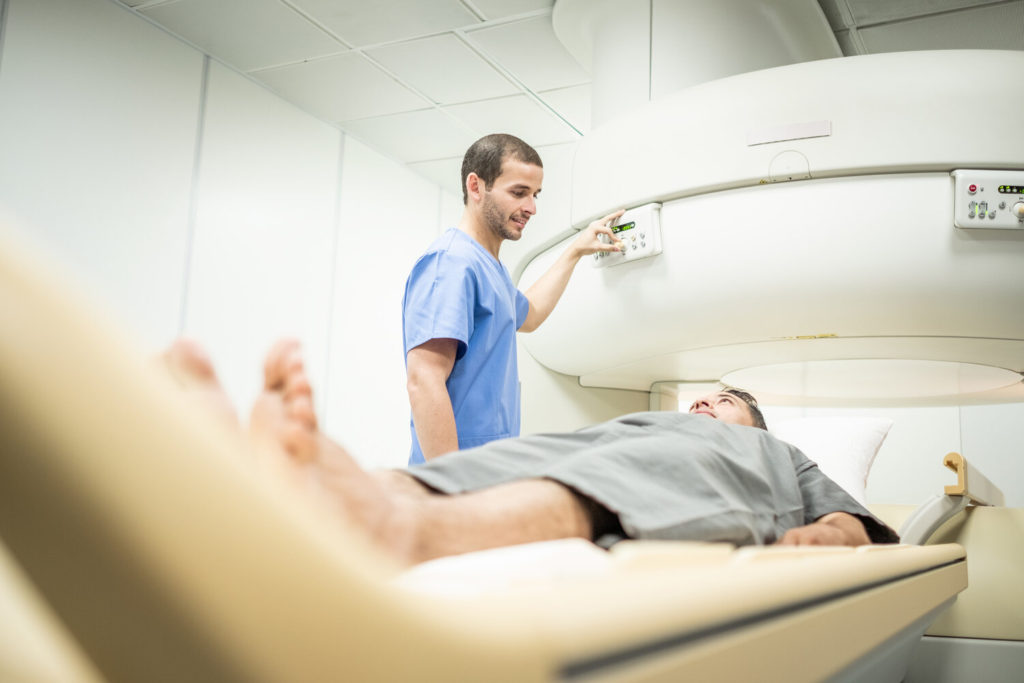
Today, the advancement of technology is so fast-paced that not everyone can keep track of everything that is happening in every field. Even in the medical imaging field, it is no different. What may be seen as a limitation or obstacle today, may not be so tomorrow.
Every new improvement brings another product to the market. But luckily in the medical field, it does take some significant amount of time to render equipment outdated. That makes it possible for even those with lower budget levels to get their requirement fulfilled with used and refurbished medical equipment. But it never hurts to know of the newest introductions to the field.
Every new introduction or line of equipment brings along with it new features to show off. Apart from modern features, some factors see constant improvement with each new range of MRI machines. One such factor is the Signal to Noise Ratio or SNR. That gets better with every new version, and that helps to improve image quality vastly.
Patient comfort is also gaining more and more attention nowadays. Another significant level of improvement is lowering the level of generated noise. MRIs are considered to be loud machines. But with each development, they are getting less noisier granting more patient comfort. In addition to that, the field strength keeps improving while the time taken for each scan keeps decreasing. New technology is being introduced to enhance the visibility of hard-to-scan regions.
On that note, there was a time where metal implants were considered a problem when conducting MRI scans. But now new technology is available to visualize the bone and soft tissue around magnetic resonance conditional implants. Various techniques are being introduced to reduce metal artifacts; both in-plane and through-plane. Lower magnet strengths and increased bandwidth when selecting slices and so on can help achieve that. Increasing matrix size and regulating a sound SNR with the aid of an increased number of excitations (NEX) is useful as well. Another effective tactic is to favor spin echo over gradient echo and shorten echo spacing. Fat suppression, thinner slices, and a tilt in the viewing angle can all be helpful too in addressing metal artifacts. At this rate, you can safely assume that MRI technology is leaping over each of its obstacles almost overnight.
While the developments are taking place day by day in MRI technology, you may have an interest in buying a used or refurbished MRI machine (GE MRI Machines For Sale) that fits your budget. Fear not when you’ve come to the right place. With Amber Diagnostic, picking the right MRI machine for your practice will not be the challenge it usually is. With all the technical requirements and budgetary concerns, you may feel like it is impossible to pick just the right option out of the many available. Just take the time to call us up and let us know what you need to get done. We’ll have the perfect MRI machine for your facility handpicked and ready for you to start using in no time. So don’t delay anymore. Call now!